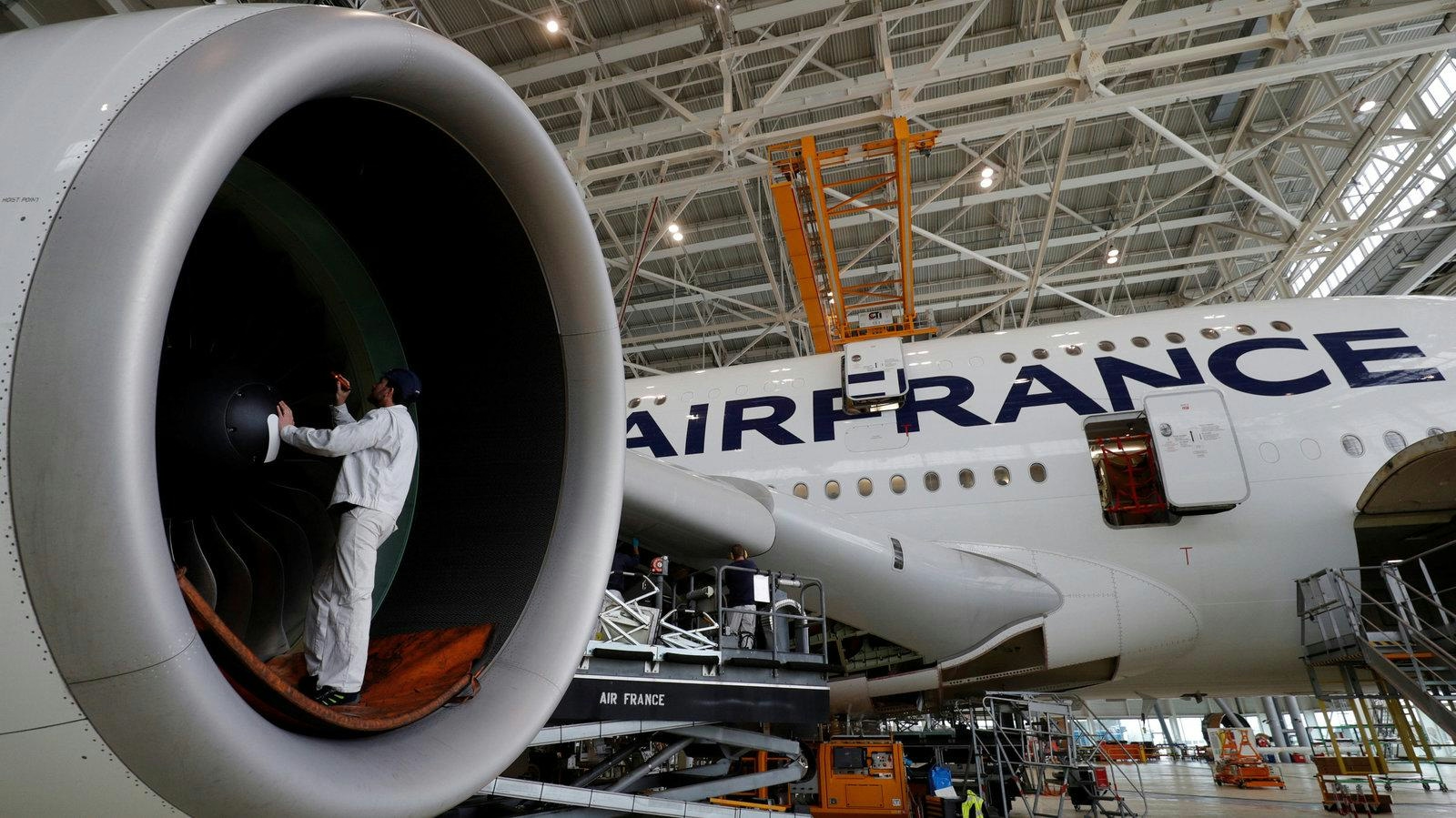
AeroGenie — 您的智能副驾驶。
热门趋势
Categories
Boeing Resumes Active Production, Says Engine Supplier Safran
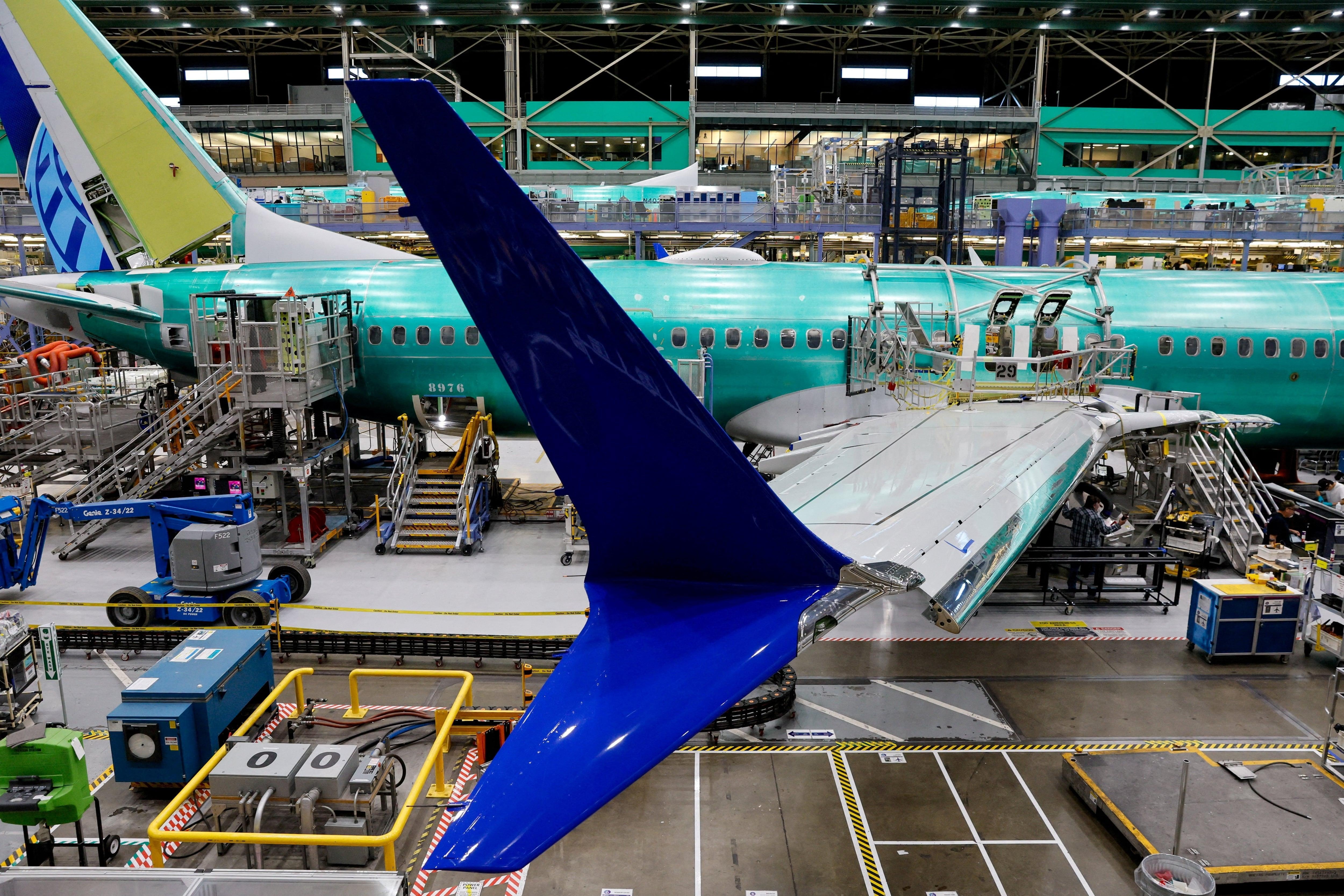
Boeing Resumes Dynamic Production of 737 MAX, Safran Signals Optimism
Production Reaches Regulatory Ceiling Amid Market Confidence
Boeing has resumed a more dynamic production pace for its 737 MAX passenger jet, marking a notable shift after years of uncertainty, according to Olivier Andries, CEO of engine supplier Safran. Speaking at Safran’s annual meeting in Paris, Andries revealed that Boeing’s output has reached nearly 38 aircraft per month, the current maximum allowed by U.S. regulators following last year’s door plug incident on an Alaska Airlines flight. This development reflects a significant milestone in Boeing’s recovery efforts.
Doug Ackerman, Vice President of Quality at Boeing Commercial Airplanes, confirmed earlier this week that the company anticipates stabilizing production at this rate in the coming months. The increase has been positively received in the market, signaling renewed confidence in Boeing’s ability to overcome recent operational setbacks. Nevertheless, the aerospace sector remains highly competitive, with rival manufacturers expected to respond by ramping up their own production or accelerating technological advancements.
Safran’s Role and Industry Challenges
Safran, a key supplier and co-producer of the LEAP engine alongside GE Aerospace through their CFM International joint venture, plays a critical role in powering all Boeing 737 MAX aircraft. The LEAP engine also competes with Pratt & Whitney for contracts on the Airbus A320neo. Andries noted that demand for aftermarket services related to jet engines has increased, partly due to delays in new aircraft deliveries caused by ongoing supply chain disruptions affecting the aerospace industry broadly.
Despite Safran’s optimistic outlook, some industry leaders urge caution. Peter Barrett, CEO of aircraft leasing firm SMBC Aviation Capital, acknowledged progress by both Boeing and Airbus but emphasized that a stable and predictable production cycle remains a work in progress. Airbus has also identified CFM as one of two suppliers limiting its output growth in the first half of the year, though CFM remains confident in its ability to accelerate production during the second quarter.
Innovation and Future Prospects
Looking forward, Safran is investing heavily in innovation to sustain its competitive advantage. The LEAP engines used by Airbus and Boeing differ in size and components, tailored to the specific requirements of each manufacturer. Andries highlighted promising results from CFM’s ongoing wind-tunnel and technology tests for the next-generation RISE engine, which aims to reduce fuel consumption and emissions by 20 percent. These advancements underscore the intense competition within the aerospace sector, as manufacturers and suppliers strive to deliver more efficient and environmentally sustainable technologies.
As Boeing works to stabilize its 737 MAX production and Safran advances new engine technologies, the global aerospace industry continues to grapple with supply chain challenges and heightened competition. The pace at which manufacturers can achieve sustained and reliable output remains a critical focus for the sector.
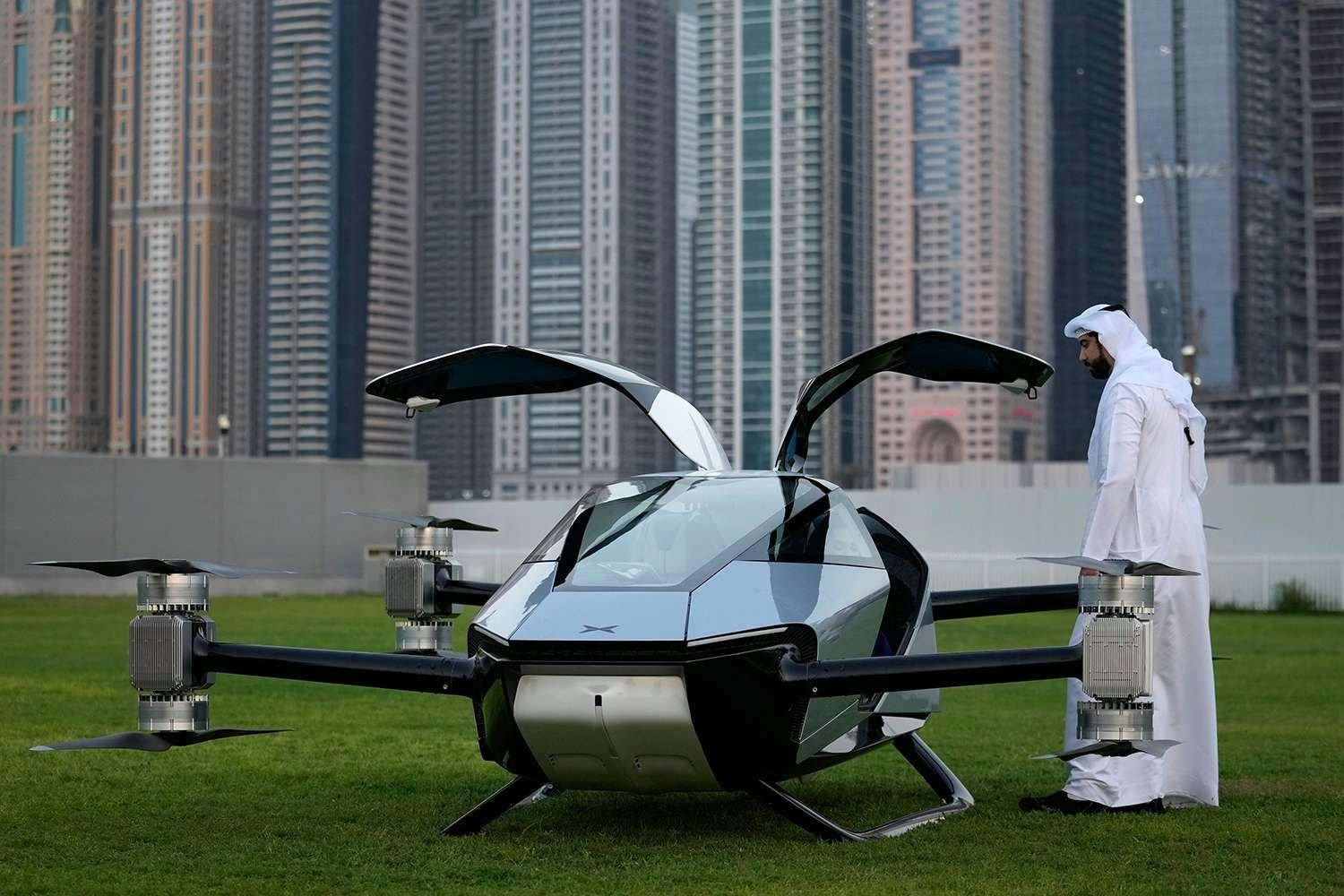
Dubai’s 2026 Plans: Key Developments from Flying Taxis to the Year of the Family

CALC Orders 30 Airbus A320neo Jets to Expand Fleet by 2026

AI in Travel Planning: Benefits, Risks, and Future Prospects
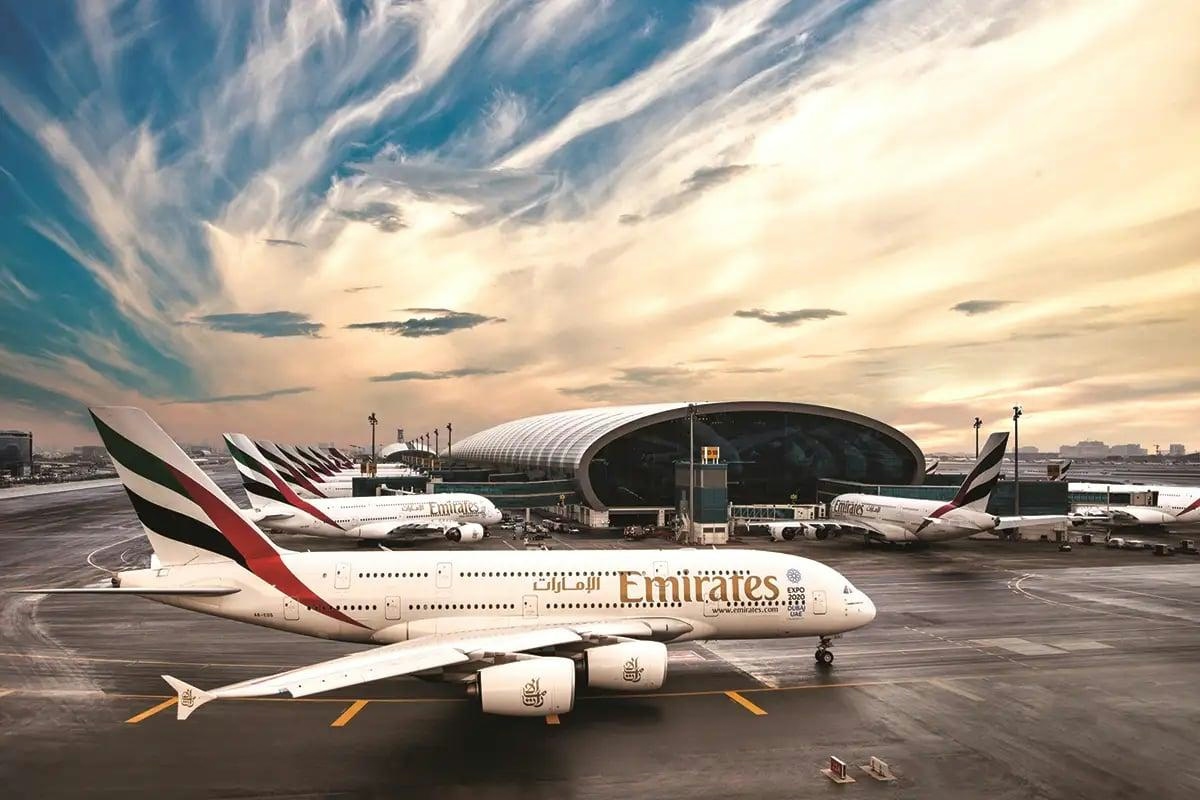
Airline Operated Largest Widebody Fleet in 2025

Tel Aviv Plans First Vertiport to Support Air Taxi Services

Pilot’s Distress Call Captures Near-Engine Failure Incident
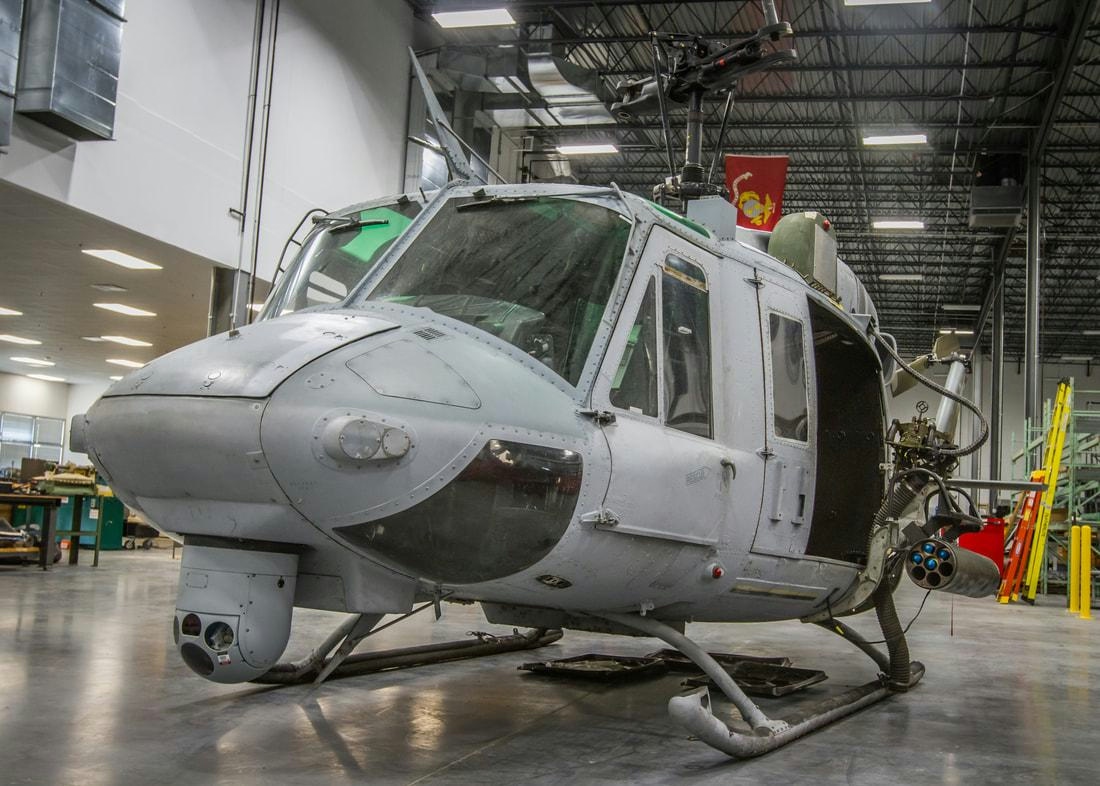
The Small Cold War Helicopter Considered by the Marines for Combat
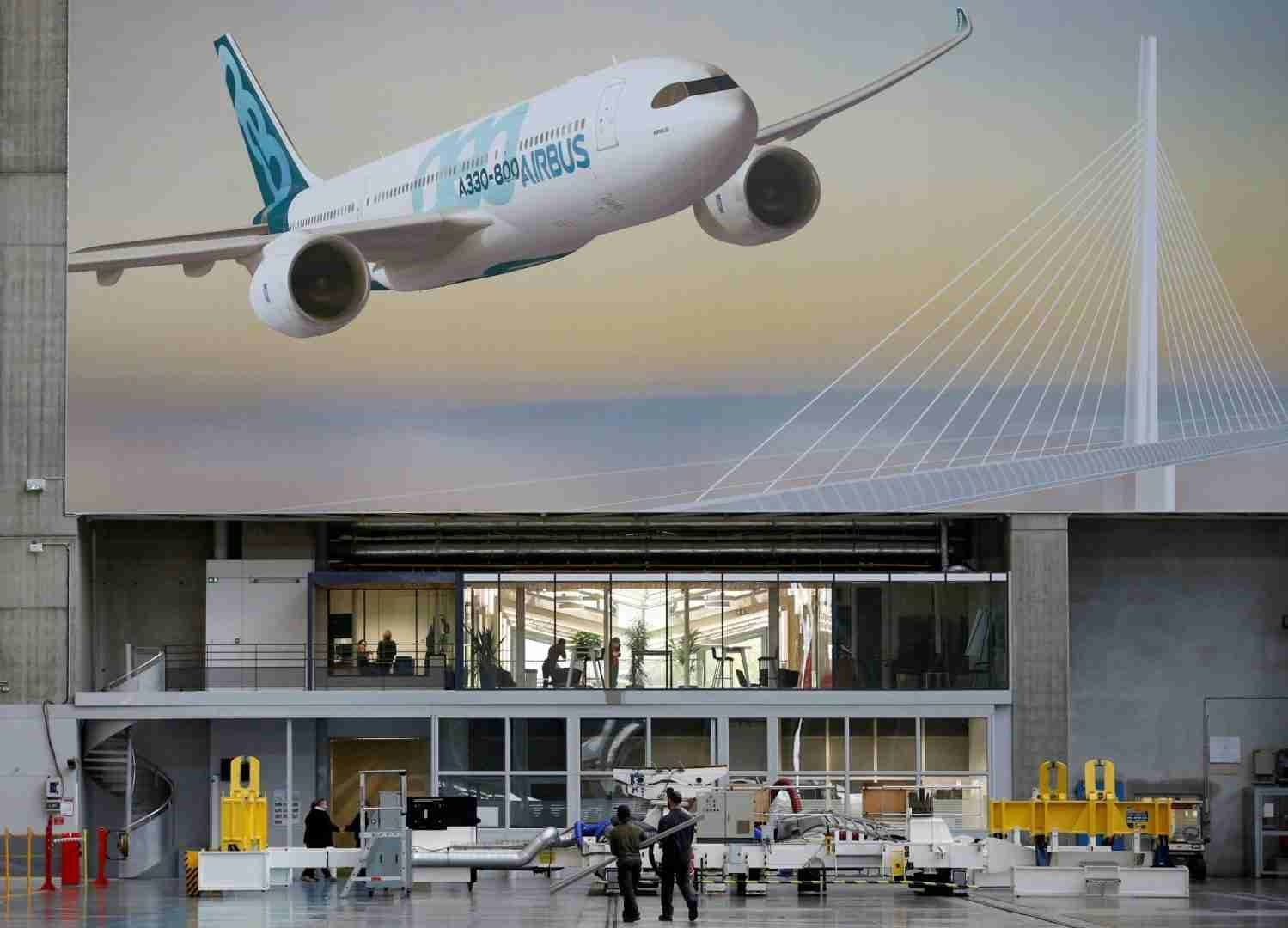
Boeing and Airbus Orders Race in 2025: Who Leads?
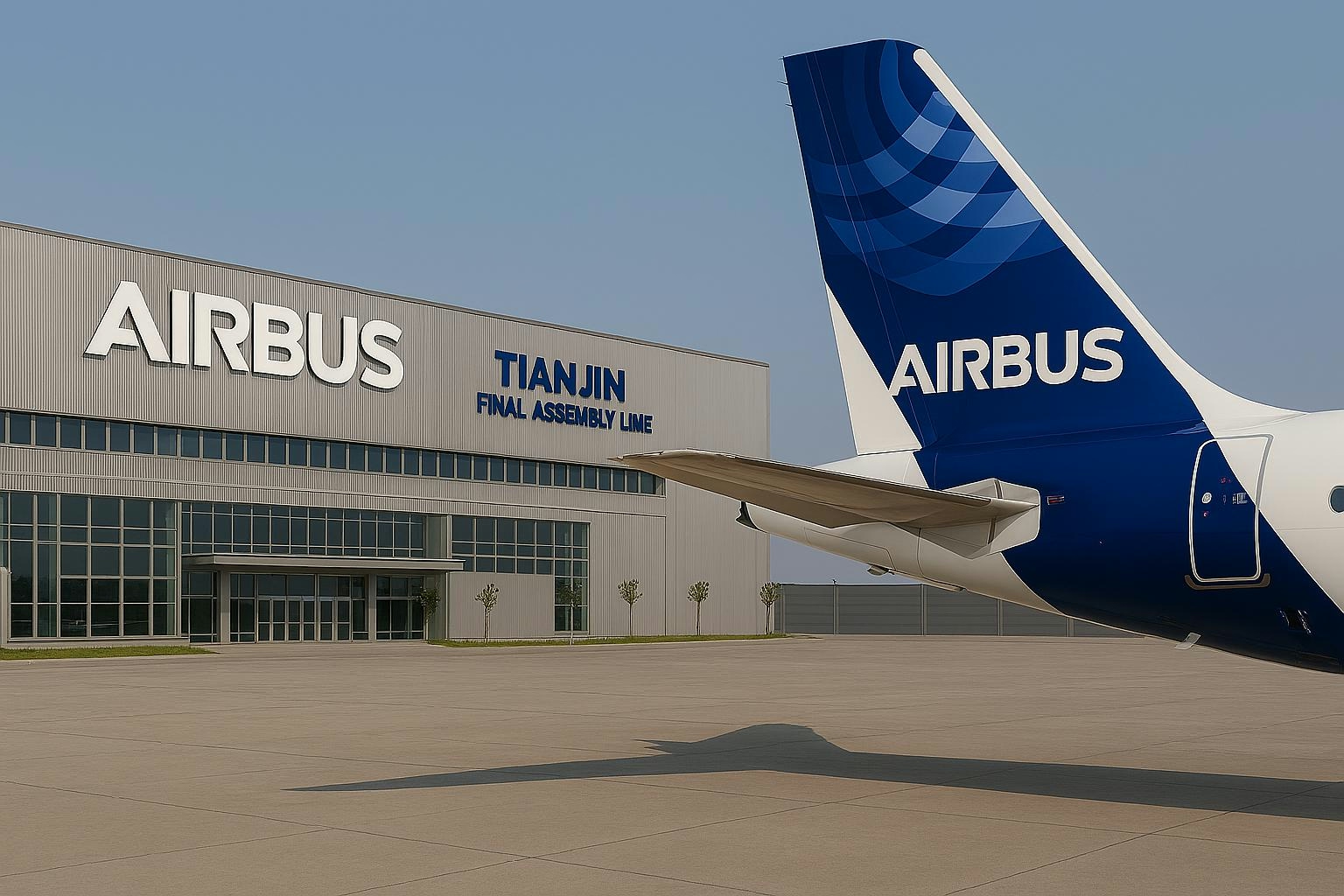
Air China Shares Rise After $9.5 Billion Airbus Jet Order
